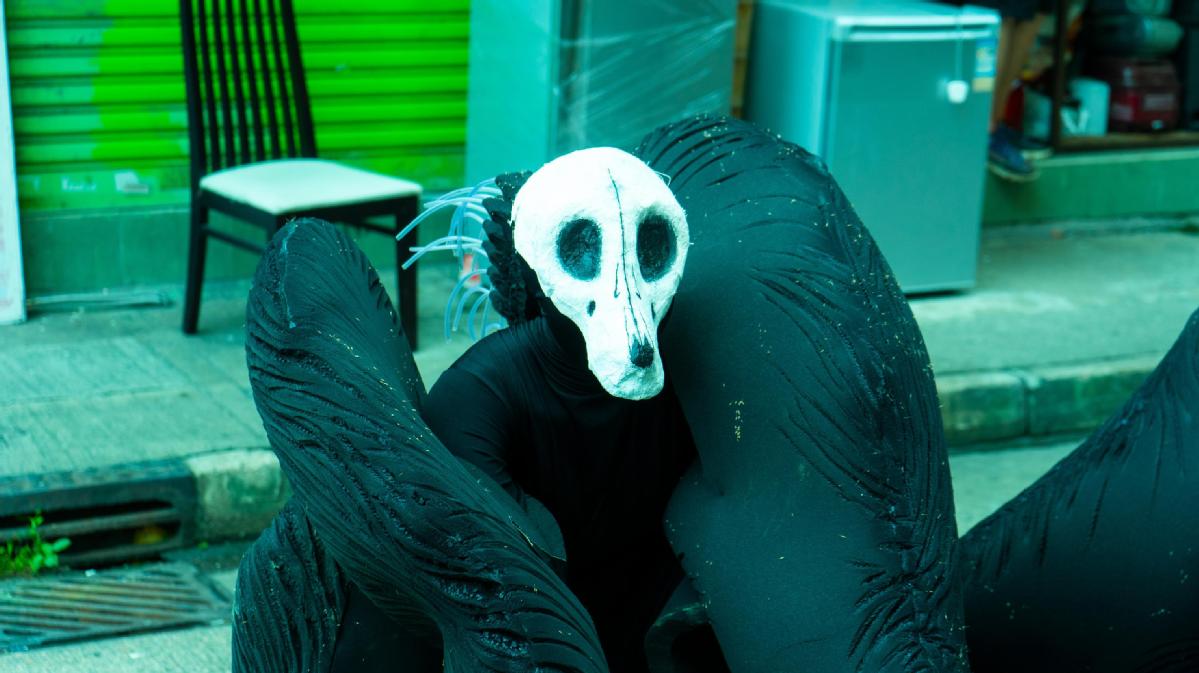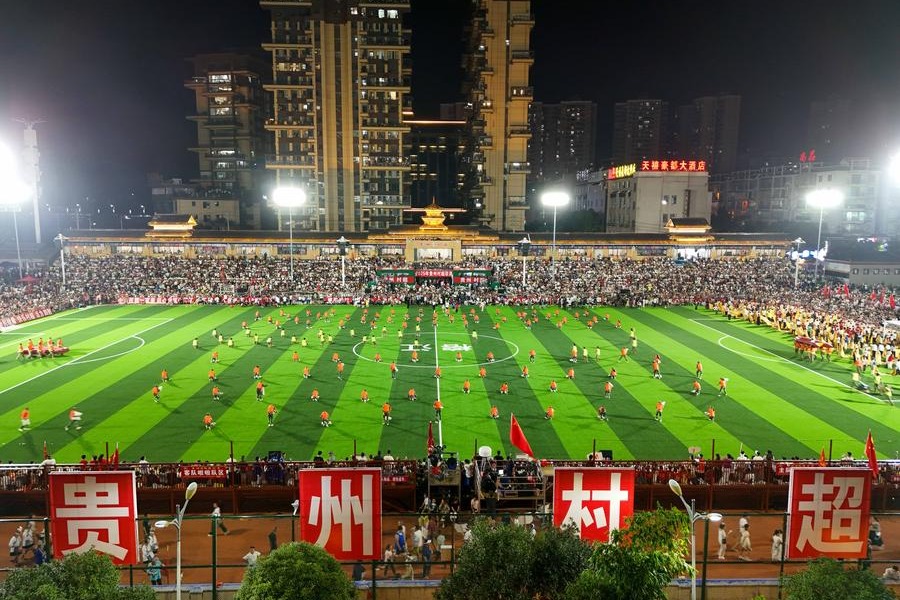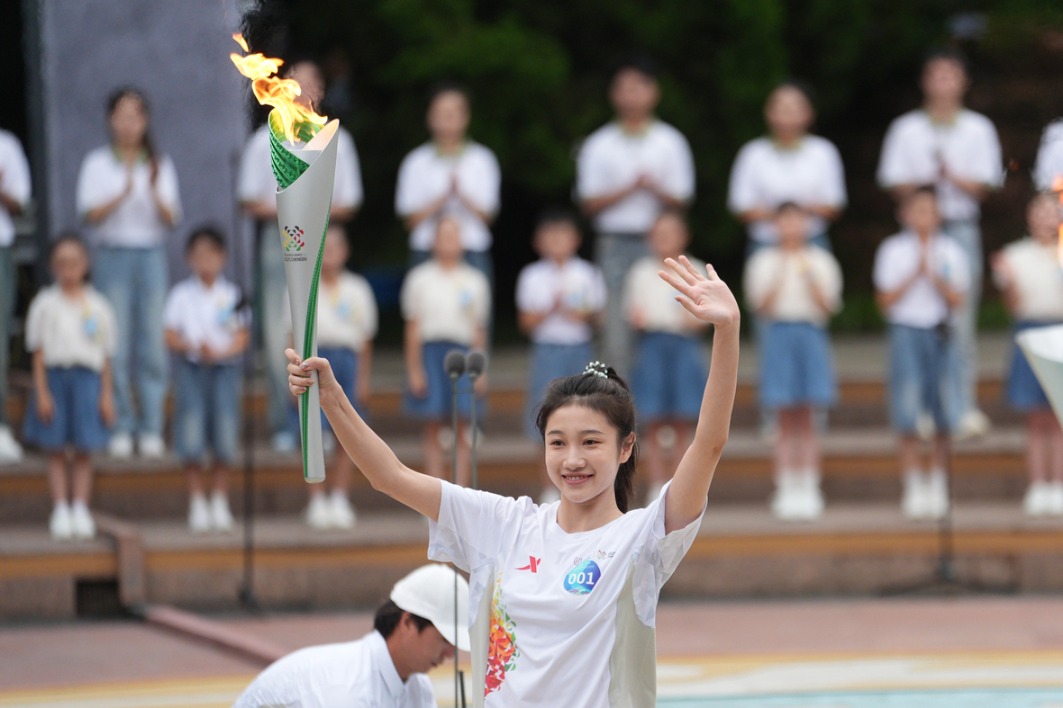Ritual feast


Hair-raising feat
Ng says Tsang is a natural when it comes to composing scenes. Tsang himself believes that the fact that he still does the odd dancing gig makes him a choreographer with a better sense of how to use a dancer. Trying to convince the Travel of Soul dancers that it was possible to perform with one's sightline obstructed took him some effort, however. From his own point of view, it was a creative choice, made for a reason. "Long and disheveled hair falling across women's faces suggests both mental instability and a fear of the unknown - as if they covered their eyes from fear of having to face the spirits they will meet on their journey," Tsang explains.
Besides, wigs with long, straight hair are a part of his signature aesthetic.
In April, Tsang wore a similar long-hair wig when he performed in a virgin office space on the 27th floor of Airside, a newly opened mixed-use high-rise in Kai Tak, hiding his face behind its blood-red strands. He stuck two pieces of approximately 1-square-meter paper side by side on the floor - reducing the idea of office cubicles to 2D - and danced next to a male co-performer, each staying within the limits of their demarcated areas. At one point, they looked like two long-haired women dancing with their backs turned to the audience, an effect achieved by wearing the wigs back to front.
Iven Cheung who co-curated the Meta-Moments exhibition where Tsang performed the piece, points out that the artist's obsession with hair goes back years. In 2021, Tsang presented a work-in-progress showcase called Terry-fying, at Tai Kwun, trying to exorcize his apparent revulsion toward hair by highlighting its symbolic association with the notions of authority and submission in Chinese culture. The performance piece brought to mind stories of men cutting off their queues in order to defy the authority of Manchu rule, as Sun Yat-sen famously did in 1895.
The Meta-Moments exhibition also featured Tsang's photos of dancing bodies. His style is to put multiple shots of dancers in action in one frame, which may not sound particularly original. However, the use of unconventional perspectives and the addition of fluorescent highlights turn Tsang's photos into pieces of abstract art.
"We find his large-scale photos depicting contoured bodies of dancers and his ability to capture body gestures and human emotions captivating," remarks Meta-Moments co-curator Hilda Chan. "Seen through Terry's lens, the bodies have transformed into stunning sculptural objects or imagery with emotions and fluidity."























